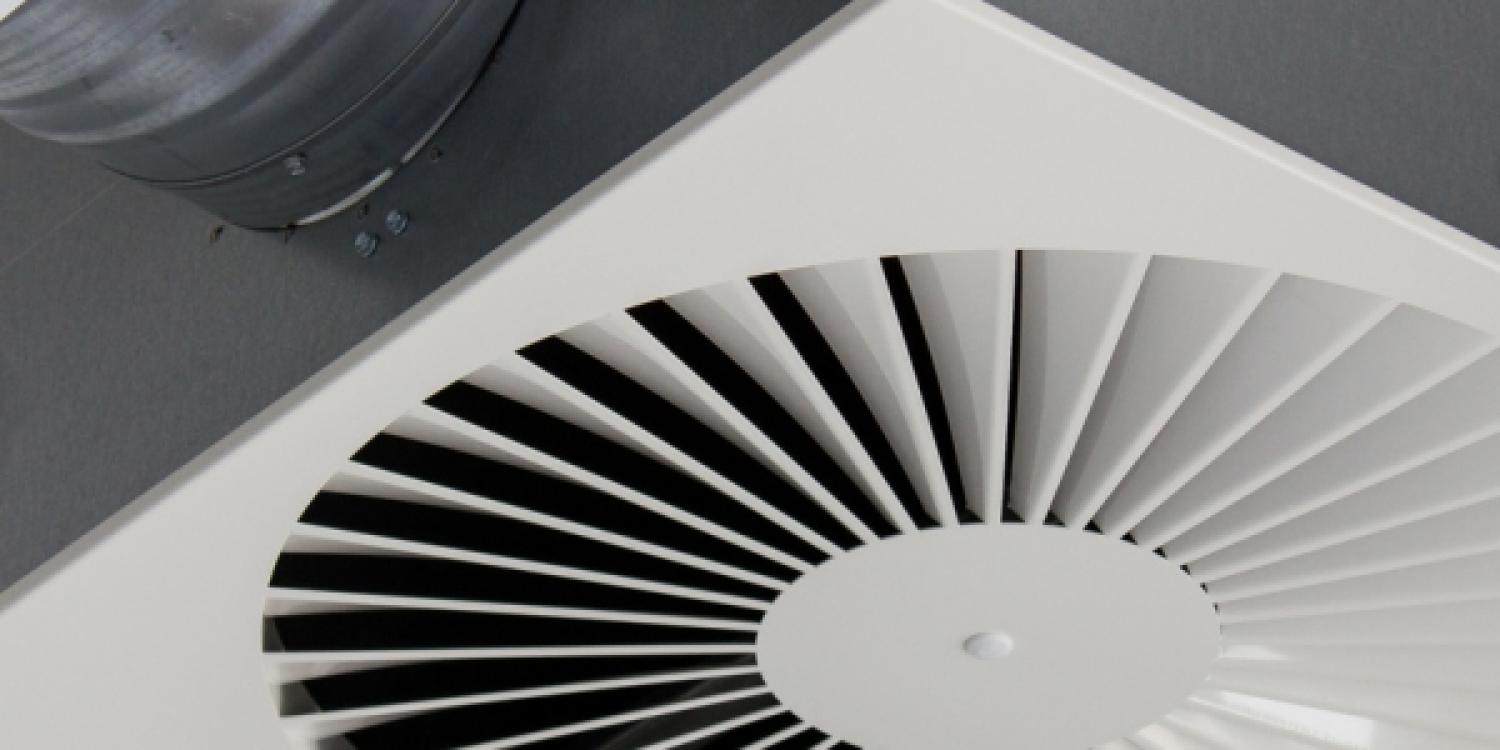Implementation of forced ventilation system with waste heat recovery

Information
Many production processes generate heat that escapes out windows or other openings in the building. That is a waste, especially when it can be used to preheat incoming air, water or other media as part of the building’s overall ventilation system.
Recovering waste heat like this, companies save energy and cut operating and administrative costs at the same time.
It is increasingly common to use waste heat from ventilation systems in buildings (offices, public administration, industry). Forced ventilation systems ensure sufficient fresh air is circulated throughout the building, reduce humidity and mildew, filter incoming air, close out exterior noise pollution, and help to cap energy consumption and heating costs.
These bespoke systems are more often found in new or refurbished buildings, where ventilation-heat recovery is coupled with the air- conditioning system.
With changing standards and expectations on building energy performance (e.g. nearly-zero energy consumption, passive house), installation of forced ventilation systems has risen. The EU’s Energy Performance of Buildings Directive requires all new buildings to be nearly zero-energy by the end of 2020. All new public buildings must be nearly zero-energy by 2018.